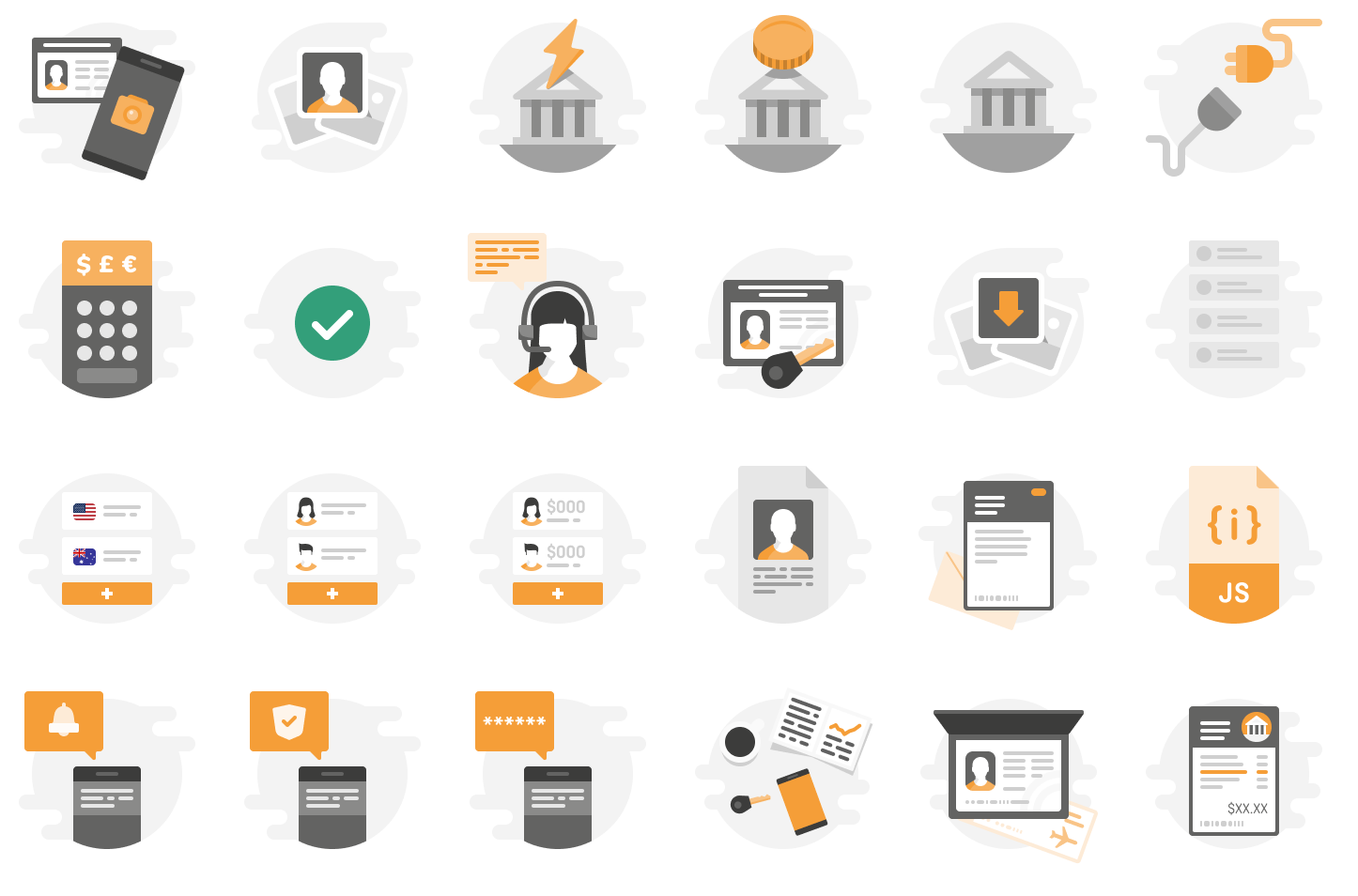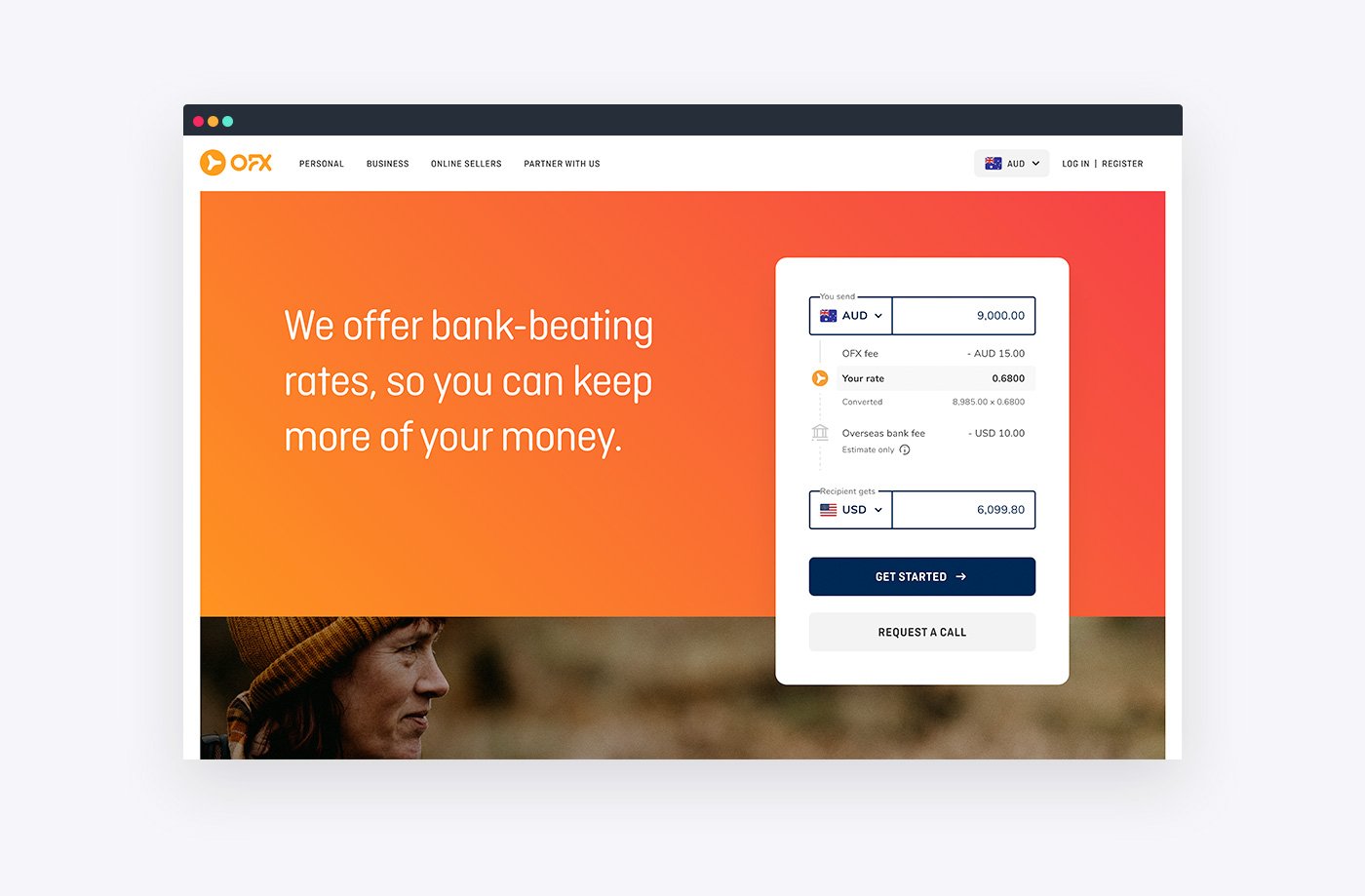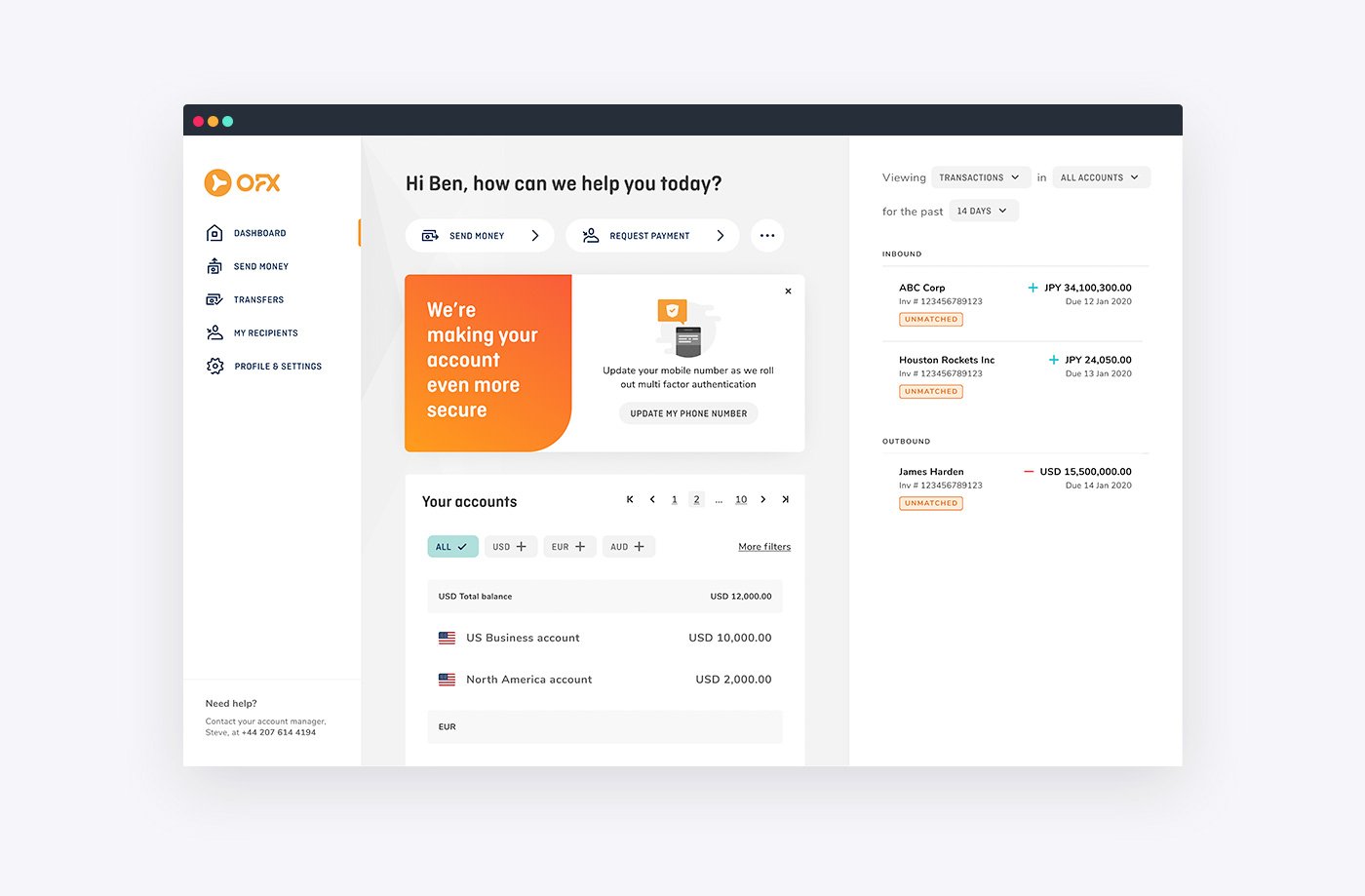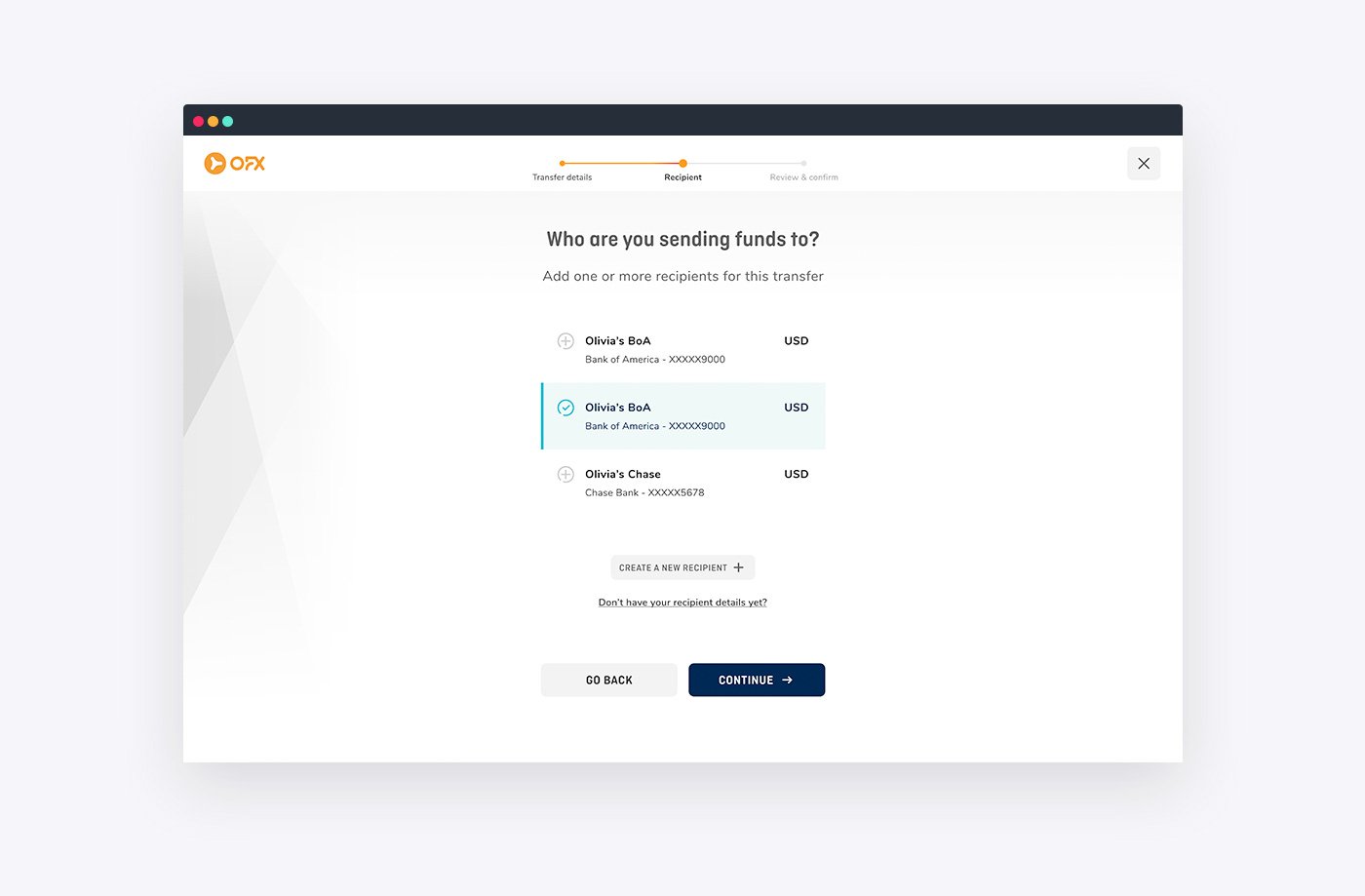Design Systems, UI Design, Experience Design
OFX had an immature and underappreciated design discipline. UX & Design was marginalised as just wireframes in an “agile” product team, there were no design sprints or discovery research. There was no digital style guide or source of truth, lots of accessibility issues and a generally fractured brand experience.
There were a few contributing factors: The technology teams were building multiple products in parallel resulting in implementing repeated features, there were multiple teams and stakeholders with too few design constraints, and the existing brand guardians were too much of a bottleneck to move in an agile way.
My work involved doing a global design audit, evangelising the need for a Design System with senior stakeholders and the wider organisation, creating a Design Ops cross-functional working group, creating design tokens and components in Figma, and contributing to building a React-based set of shareable components.
You can see V1 of FOX here.
To increase collaboration with the marketing team, I built them a few tools to speed up their own workflows, including a Brand Polygon Generator, a drag and drop image filter
“I’ve been blown away by how much FOX has enabled us to move at speed with high quality assets and consistent styles with OFX’s other great products. I’m a real believer in Design Language Systems and FOX is world class!”
I created motion guidelines to enhance the brand identity
“FOX has helped us improve our time-to-market for new features. It’s vastly improved the productivity of our front-end teams as they can now easily plug and play components from a common library. Moreover, it ensures a consistent customer experience across all our digital touchpoints ... it massively uplifts the digital experience of customers - a classic case of the whole being greater than the sum of its parts.
”
“Without the FOX components, I would be spending over 60%~70% of my UI design time on building components and micro-interactions. Now I can simply drag and drop the components and focus on the high-level designs such as information architecture and flows to improve the overall experiences.
”








